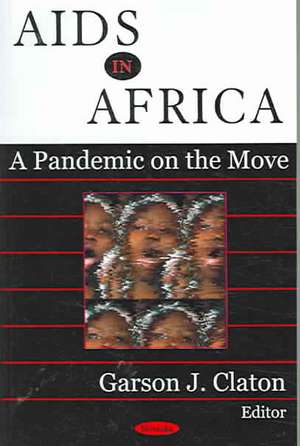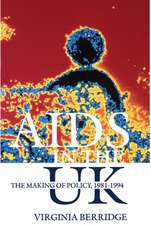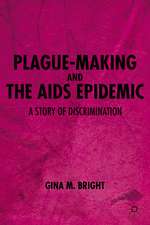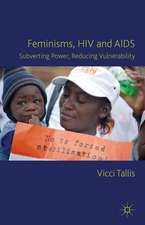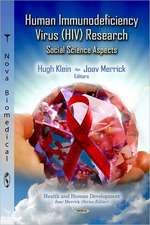AIDS in Africa
Autor Garson J. Clatonen Limba Engleză Hardback – 4 aug 2005
Preț: 381.24 lei
Preț vechi: 513.93 lei
-26% Nou
Puncte Express: 572
Preț estimativ în valută:
72.96€ • 79.22$ • 61.29£
72.96€ • 79.22$ • 61.29£
Carte disponibilă
Livrare economică 01-15 aprilie
Preluare comenzi: 021 569.72.76
Specificații
ISBN-13: 9781594545962
ISBN-10: 1594545960
Pagini: 206
Ilustrații: tables
Dimensiuni: 157 x 225 x 15 mm
Greutate: 0.32 kg
Editura: Nova Science Publishers Inc
ISBN-10: 1594545960
Pagini: 206
Ilustrații: tables
Dimensiuni: 157 x 225 x 15 mm
Greutate: 0.32 kg
Editura: Nova Science Publishers Inc
Cuprins
Preface; AIDS in Africa; Characteristics of the African Epidemic ; Explaining the African Epidemic ; Leadership Reaction in South Africa and Elsewhere ; Social and Economic Consequences ; Responses to the AIDS Epidemic ; Effectiveness of the Response ; AIDS Treatment Issues ; Abstracts of current journal literature on AIDS in Africa; Bibliography of the Book Literature on AIDS in Africa; Index.
